Realistic Structural Simulations: Visualize, Analyze, Optimize with CAD Rendering
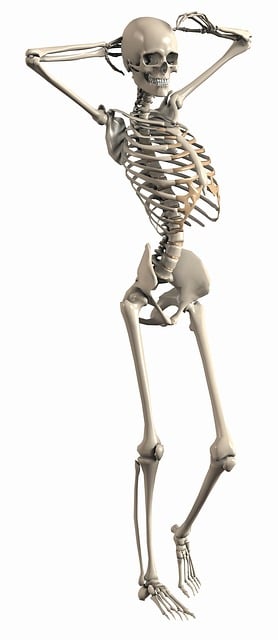
Structural CAD renderings empower engineers and architects to visualize and analyze complex designs…….
In the realm of architecture and engineering, Structural CAD Rendering has emerged as a powerful tool, revolutionizing how we design, visualize, and communicate complex structural concepts. This comprehensive process involves the use of Computer-Aided Design (CAD) software to create detailed digital representations of structures, from intricate buildings to massive bridges. By combining technical precision with creative visualization, Structural CAD Rendering plays a pivotal role in bringing architectural visions to life, facilitating collaboration, and ensuring structural integrity.
This article aims to provide an in-depth exploration of the world of Structural CAD Rendering, covering its definition, history, global impact, economic implications, technological innovations, regulatory landscape, challenges, successful applications, and future prospects. By delving into these aspects, we will uncover the significance of this field and its influence on shaping our built environment.
Structural CAD Rendering is a specialized branch of CAD technology dedicated to modeling and visualizing structural components and systems. It involves creating precise digital representations of structures, incorporating dimensional data, material properties, and engineering calculations. The core components include:
The roots of Structural CAD Rendering can be traced back to the early days of computer-aided design in the 1960s. Initial CAD systems were primarily focused on 2D drafting, but with advancements in computing power and software development, 3D modeling capabilities emerged in the late 1980s and early 1990s. This evolution marked a significant shift, enabling engineers and architects to create detailed digital models of structures virtually.
Key milestones include:
Structural CAD Rendering serves as a critical link between concept and construction, offering numerous advantages:
Structural CAD Rendering has transcended geographical boundaries, becoming a universal language in the architecture and engineering industries. Its impact is evident across diverse regions:
Several trends are shaping the future of Structural CAD Rendering:
The Structural CAD Rendering market is dynamic, driven by technological advancements, industry growth, and regulatory changes. Key factors influencing the market include:
Revenue in this sector is primarily generated through:
Structural CAD Rendering contributes to cost savings through:
Structural CAD software has evolved significantly, incorporating a wide range of features:
Structural CAD Rendering benefits from and contributes to the broader field of Building Information Modeling (BIM):
Several emerging technologies are set to shape the future of Structural CAD Rendering:
The regulatory environment plays a crucial role in the adoption of Structural CAD Rendering:
Efforts to standardize structural modeling and data exchange include:
While Structural CAD Rendering offers numerous benefits, organizations may face challenges during implementation:
To address these challenges:
AI is set to revolutionize structural design:
The future of structural design is closely tied to sustainability and digitalization:
Structural CAD Rendering is an indispensable tool in modern architecture and engineering, enabling efficient, safe, and sustainable structural design. With continuous technological advancements, AI integration, and a growing focus on digitalization and sustainability, the future of structural modeling looks promising, offering unprecedented opportunities for innovation and efficiency.

Structural CAD renderings empower engineers and architects to visualize and analyze complex designs…….

Structural CAD renderings revolutionize steel truss design through precise digital models, enhancing…….

Building Information Modeling (BIM) with CAD-based structural modeling transforms construction by en…….
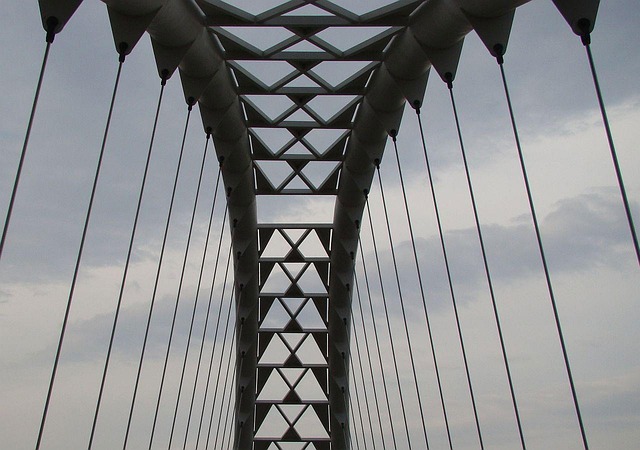
Seismic simulations and advanced bridge structure rendering enhance bridge safety and durability in…….
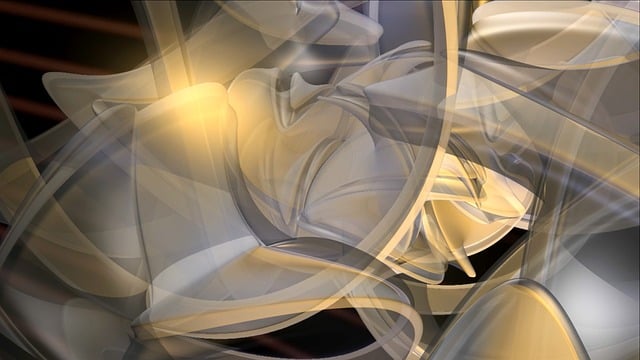
Structural CAD rendering revolutionizes engineering and architecture by converting technical bluepri…….

3D structural visualization revolutionizes steel truss design by bringing intricate patterns and int…….
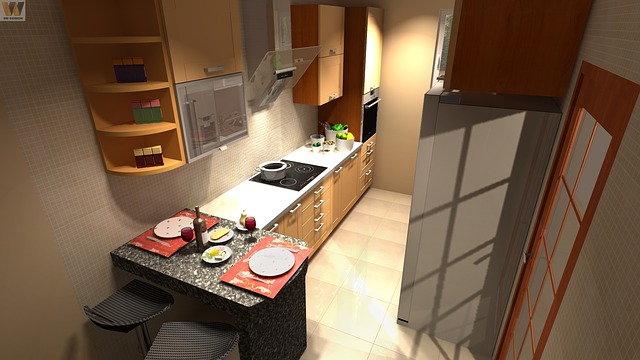
Industrial building CAD renderings provide detailed 3D models enhancing structural stability assessm…….

CAD-based structural modeling is a powerful tool for failure analysis and safety assessments in vari…….
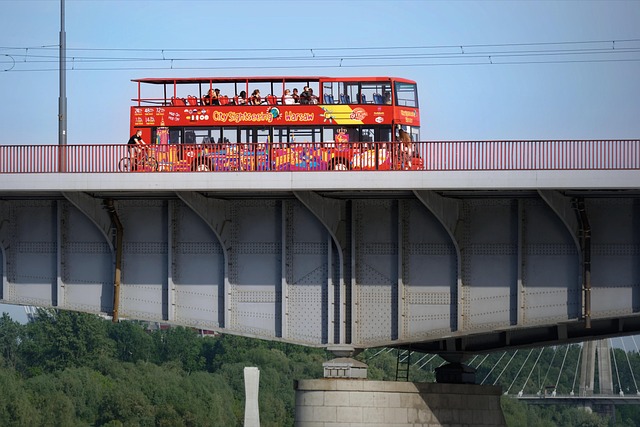
CAD-based structural modeling transforms complex architectural designs into precise 3D models, enhan…….

Advanced 3D structural visualization through professional CAD rendering services transforms design p…….